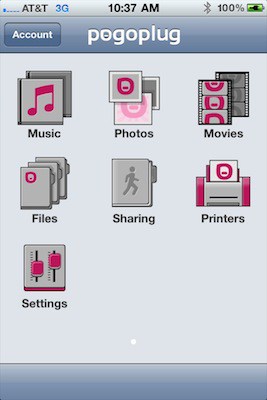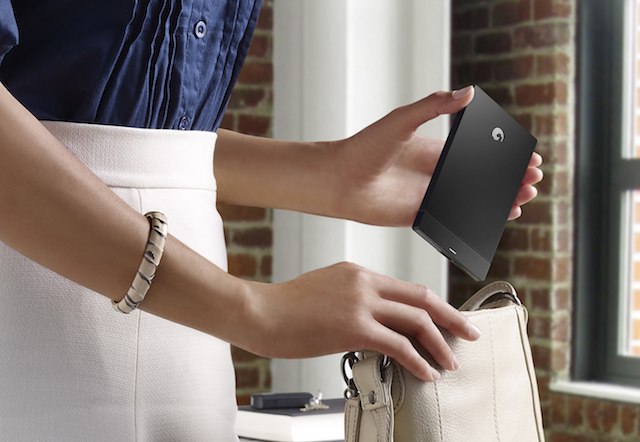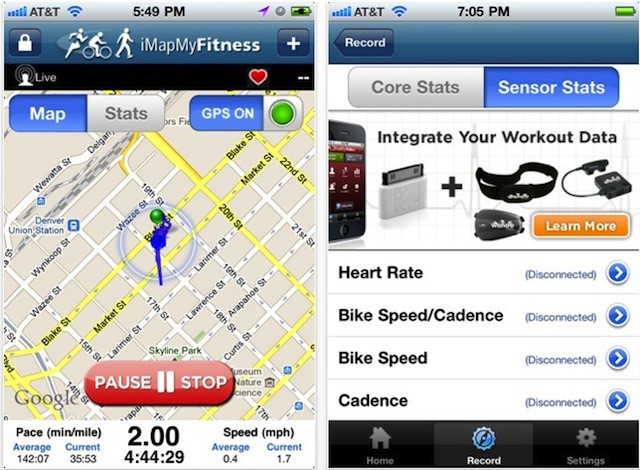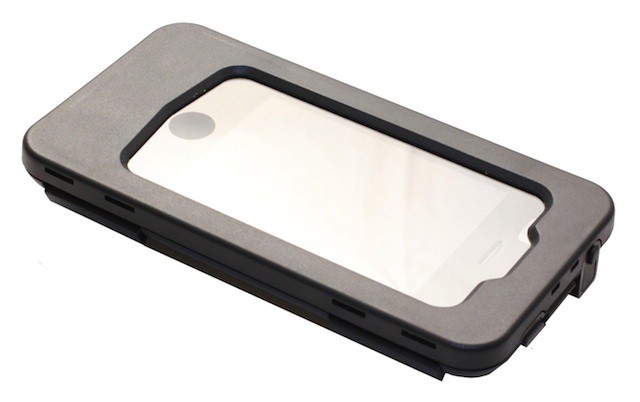The iPad 2 already has phenomenal, 10-hour battery life, largely thanks to a combination of Apple’s custom-built, power-sipping A5 chip and the fact that inside, the iPad 2 is mostly battery.
Thanks to a new, cutting-edge tablet coating, though, your next iPad could run for twenty hours or more on a single charge, while providing Kindle-like outdoor readability.
![How New Coating Will Boost iPad Battery Life And Readability [Exclusive] 3M's new coating might make outdoor readability problems a thing of the past. Photo by Louis Rodriguez - http://j.mp/iTDJxa](https://www.cultofmac.com/wp-content/uploads/2011/05/ipad2glare.jpg)
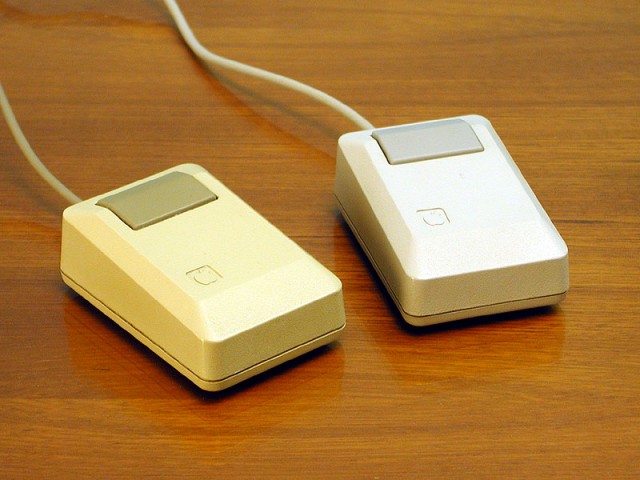
![ISkin Summit iPad Carrier: Weird and Garish [Review] iskinSummitbagged](https://www.cultofmac.com/wp-content/uploads/2011/05/iskinSummitbagged.jpg)
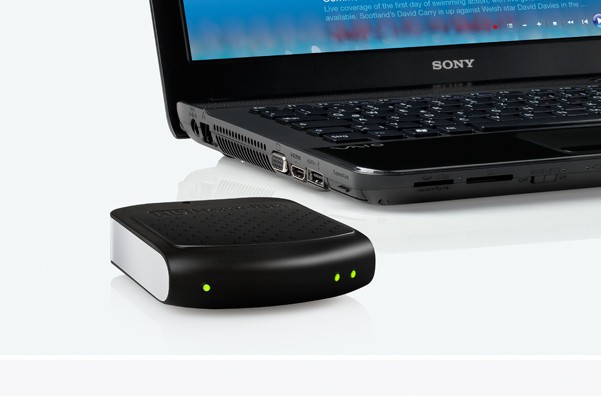
![Nike+ SportWatch GPS Is Promising, But Suffers From Teething Trouble [Review] Nike+ used to make great fitness wearables](https://www.cultofmac.com/wp-content/uploads/2011/05/sportwatch.jpg)

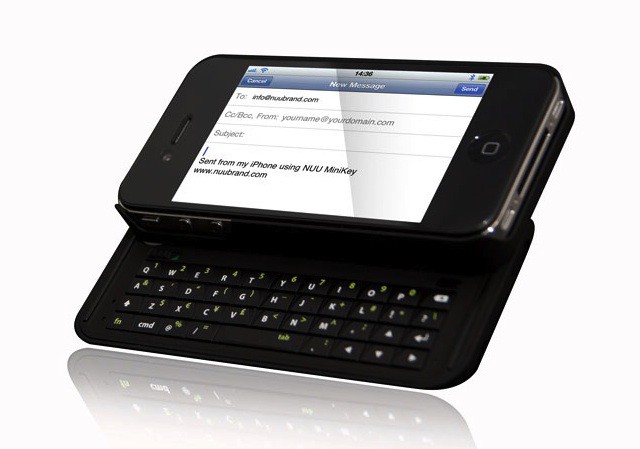
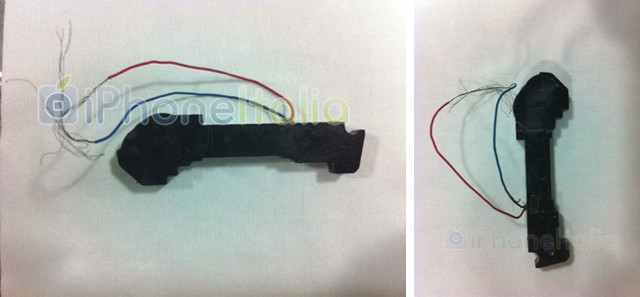
![Is an SSD Size Upgrade From OWC a Good Idea for Your MBA? [Review] aura-express](https://www.cultofmac.com/wp-content/uploads/2011/05/aura-express.jpg)
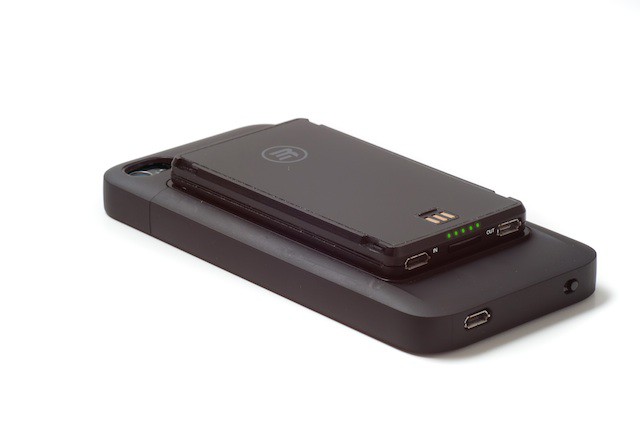
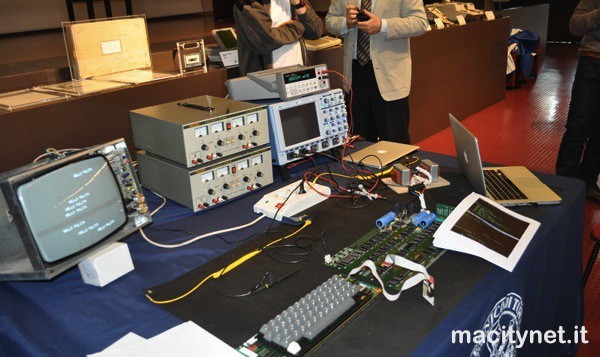
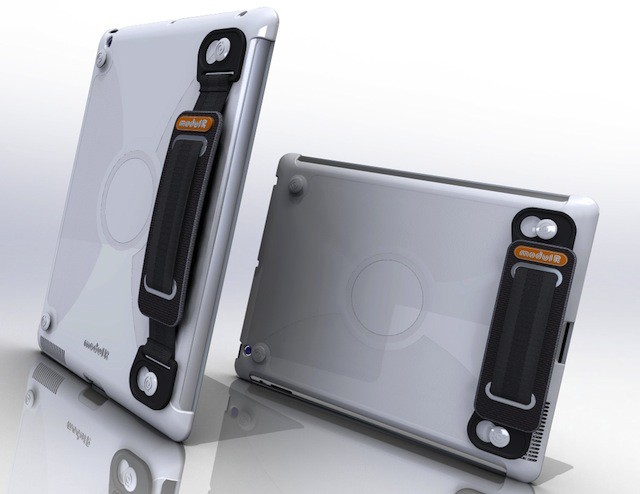
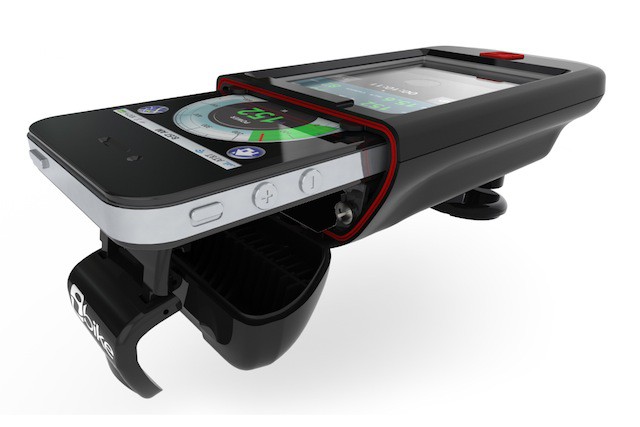
![Supertooth Disco Speakers Music You Take With You [Review] SupertoothLeadin](https://www.cultofmac.com/wp-content/uploads/2011/05/SupertoothLeadin.jpeg)
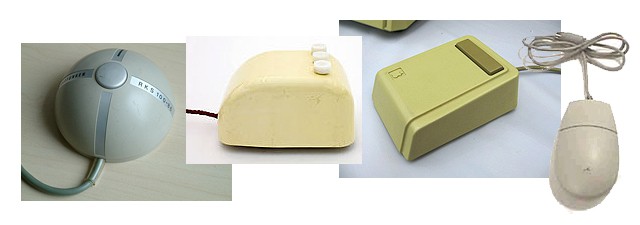

![Belkin’s Energy-Use Gadget Will Change How You Live [Review, Earth Day] insight-1](https://www.cultofmac.com/wp-content/uploads/2011/04/insight-1.jpg)
![Just How Green Is Your iPhone? This Infographic Will Show You [Earth Day] How-GREEN-is-iPhone-750px1](https://www.cultofmac.com/wp-content/uploads/2011/04/How-GREEN-is-iPhone-750px1.jpg)
![Solio’s Mono Solar Charger is Cheap and Portable, but Lacks Serious Power [Review, Earth Day] Mono2](https://www.cultofmac.com/wp-content/uploads/2011/04/Mono2.jpg)
![Solio’s Rocsta Solar Charger is Flexible, But Lean on Juice [Review, Earth Day] rocsta-1](https://www.cultofmac.com/wp-content/uploads/2011/04/rocsta-1.jpg)
![Unlimited Remote Access to Everything on Your Computer via Tonido [Daily Freebie] tonido](https://www.cultofmac.com/wp-content/uploads/2011/04/tonido.jpg)

